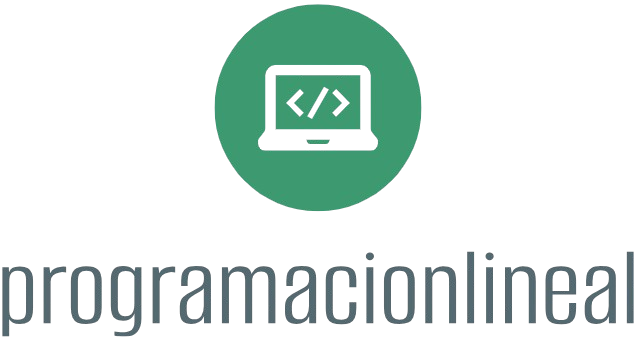Embedded systems are specialized computing systems that perform dedicated functions within a larger mechanical or electrical system. They are commonly found in devices such as automobiles, consumer electronics, medical devices, and industrial machines. The choice of programming language for embedded systems can significantly impact performance, efficiency, and reliability. Here are the five top programming languages for embedded systems:
- C
Overview: C is the most widely used programming language in embedded systems development. Known for its efficiency and control over system resources, C provides low-level access to memory and hardware, making it ideal for programming embedded applications.
Strengths:
– Performance: C generates efficient machine code, which is vital for systems with limited resources.
– Portability: Code written in C can easily be adapted to different hardware platforms.
– Extensive Libraries: There are numerous libraries and frameworks available that provide functionalities tailored for embedded systems.
Use Cases: Microcontrollers, automotive systems, real-time systems.
- C++
Overview: C++ builds on C by adding features such as classes and object-oriented programming (OOP) paradigms. This makes it suitable for larger projects where code organization and reusability are essential.
Strengths:
– Object-Oriented: Supports OOP, which helps in managing complex systems through encapsulation and inheritance.
– Performance: Like C, C++ allows for system-level programming with high performance.
– Standard Template Library (STL): Provides generic classes and functions, reducing development time.
Use Cases: Robotics, IoT devices, and applications requiring complex data structures.
- Python
Overview: While Python is not typically used for low-level embedded programming due to its interpreted nature, it is gaining popularity in certain embedded environments, particularly for prototyping and higher-level applications.
Strengths:
– Ease of Use: Python’s syntax is simple and readable, making it suitable for rapid development and prototyping.
– Rich Libraries: Extensive libraries for data manipulation, machine learning, and network communications.
– Rapid Testing and Development: Ideal for developing applications on platforms like Raspberry Pi and MicroPython.
Use Cases: Prototyping, data processing, and applications that run on hardware with more computational power.
- Rust
Overview: Rust is a systems programming language focused on safety and concurrency. It is becoming increasingly popular in embedded systems for its memory safety features without sacrificing performance.
Strengths:
– Memory Safety: Rust eliminates many types of errors common in C/C++ through its ownership model, which prevents data races.
– Performance: Rust provides performance comparable to C and C++.
– Concurrency: Designed to safely handle concurrent programming, thus making it suitable for embedded applications that require multi-threading.
Use Cases: IoT devices, safety-critical applications, and performance-sensitive systems.
- Assembly Language
Overview: Assembly language provides low-level control over hardware, allowing programmers to write code that directly corresponds to machine instructions.
Strengths:
– Performance Optimization: Offers the maximum efficiency and speed for time-critical operations.
– Full Control: Allows fine-grained control over hardware resources, including registers and memory.
– Size Efficiency: Ideal for small, resource-constrained environments where every byte counts.
Use Cases: Bootloaders, critical device drivers, and time-sensitive applications.
Conclusion
Choosing the right programming language for embedded systems depends on the specific requirements of your project, such as performance constraints, resource limitations, and the complexity of the system. While C and C++ remain the traditional choices due to their performance and control, newer languages like Rust and Python are increasingly relevant for their safety features and ease of use. Understanding these languages will enhance your ability to develop efficient and reliable embedded systems tailored to your application needs.











